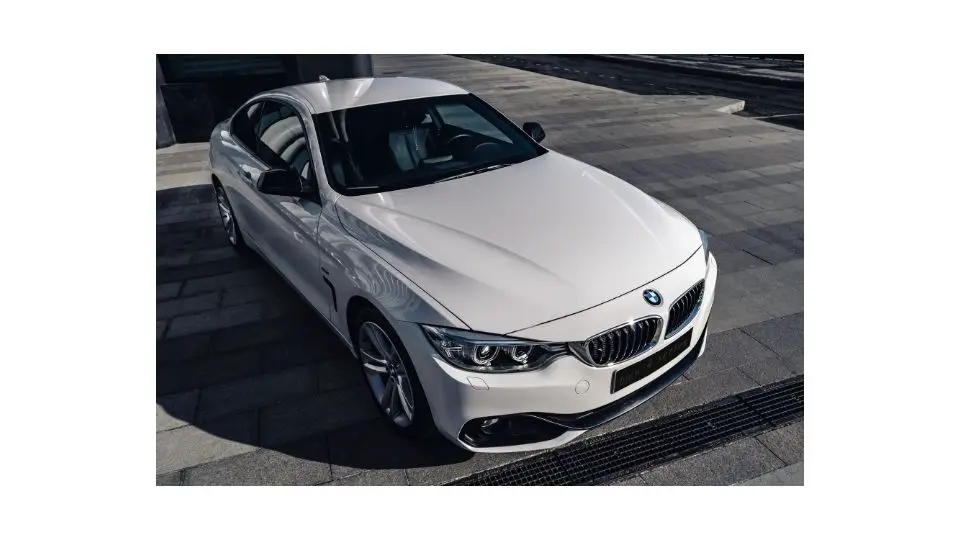BMW SULEV is a designation given to BMW vehicles that meet strict emissions standards. The program is administered by the California Air Resources Board (CARB) and is only available in states that have adopted the program.
BMW was the first car manufacturer to offer SULEV-certified vehicles, and they continue to lead the way in environmental innovation. This article will discuss everything you need to know about BMW SULEV cars.
I’ll cover what SULEV stands for, its benefits, and who should consider buying one. By the end of this post, you’ll be able to decide whether or not a BMW SULEV is the right car for you
What Does Sulev Mean on BMW?
In short, SULEV stands for “Super Ultra Low Emissions Vehicle.” BMW SULEV cars are some of the cleanest and most environmentally-friendly vehicles. They emit extremely low levels of pollutants, and they meet or exceed all emissions standards set by the U.S. Environmental Protection Agency (EPA).
What Are the Benefits of Owning a BMW Sulev?
First, you’ll be doing your part to help the environment. These cars don’t impact pollution, which means they’re better for the planet. Additionally, SULEVs tend to be more fuel-efficient than other vehicles.
It can save you money on gas in the long run. Finally, these cars come with many high-tech features and amenities that you won’t find on other models. Such as:
- Advanced technology for reduced emissions and fuel economy
- Active Cruise Control with Stop & Go
- BMW Connected Drive Services
- Cutting-edge technology
How do I know if my BMW is a SULEV?
- The easiest way to tell if your BMW is SULEV is to look for the “SULEV” badge on the back of your car. If you don’t see this badge, your BMW is not SULEV.
- You can also check your car’s Vehicle Identification Number (VIN). The VIN is a 17-digit number that one can find on the driver’s side door pillar, dash, or on the car’s insurance card. If the eighth digit of your VIN is a “U,” your BMW is SULEV.
- SULEV vehicles must have a catalytic converter that is significantly more effective than those found on standard cars. SULEV also has stricter emissions standards for hydrocarbons, carbon monoxide, and nitrogen oxides.
- You can always contact your local BMW dealer or the BMW customer service line for more information.
How Do I Know the Type of Engine in My Sulev BMW?
All SULEV-certified vehicles have a special engine designed to produce very low emissions. This N51 engine is typically a four-cylinder, and it may be turbocharged or supercharged. It means that SULEV cars tend to be more fuel-efficient than other models.
Sulev vs X-Drive
SULEV is an emissions standard, while X-Drive is an all-wheel-drive system. SULEV cars produce very low emissions, while X-Drive models are designed for improved traction and stability.
If you’re looking for a car that can handle all kinds of weather and road conditions, the X-Drive model may be the best choice. However, if you’re looking for a car that produces very low emissions, a SULEV model may be better.
Disadvantages of BMW Sulev?
Some of the disadvantages of the BMW SULEV include the need for premium unleaded gasoline and regular maintenance by a qualified technician, which can be expensive. Additionally, the sensors on the brakes may need to be replaced frequently. However, the benefits of owning a BMW SULEV typically outweigh the disadvantages.
Conclusion
BMW SULEV is a type of car designed to emit low levels of pollutants. It stands for “Super Ultra Low Emissions Vehicle” and was created to respond to the ever-growing problem of air pollution.
BMW has been making these cars since 2003, and they are available all over the world. So If you’re looking for an environmentally friendly option, a BMW SULEV might be the right choice.

